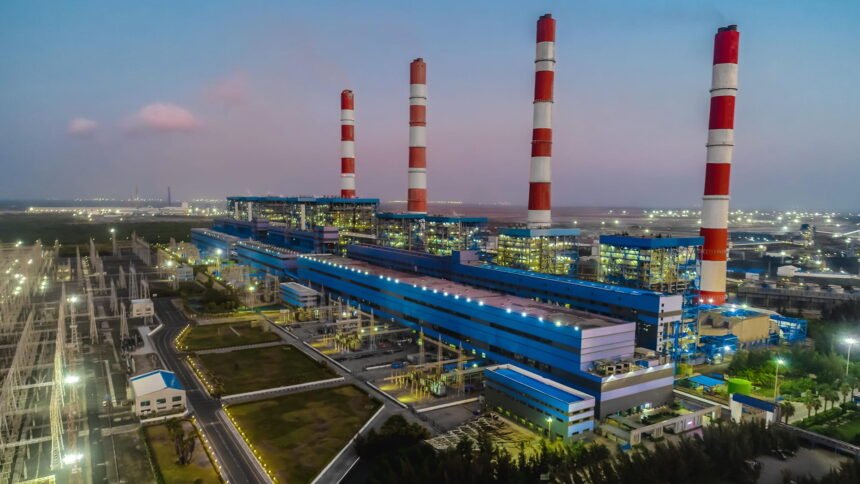New Delhi: Adani Power Ltd. has finalized a Power Supply Agreement (PSA) with the Bihar State Power Generation Company Ltd. (BSPGCL) to supply 2,400 MW of electricity for 25 years from a greenfield ultra-supercritical thermal power plant in Pirpainti, Bhagalpur district. This comes after the company secured the Letter of Award (LoA) in August following a tariff-based bidding process. The Economic Times reports that Adani won the contract by offering the lowest supply rate of ₹6.075 per kilowatt-hour (kWh).
The plant will consist of three units of 800 MW each (total 2,400 MW), developed under a Design, Build, Finance, Own, Operate (DBFOO) model. The estimated investment is around USD 3 billion (≈ ₹26,482 crore). Under the SHAKTI Policy of the Indian government, coal linkages have already been allocated. Adani Power aims to commission the plant within 60 months.
Impacts & Strategic Importance:
- Job Creation: The project is expected to create 10,000-12,000 jobs during its construction phase and around 3,000 jobs once operational.
- Power Security: Bihar, long plagued by power shortages and unreliable supply, is likely to benefit significantly with improved reliability and lower costs of electricity.
- Policy Alignment: The project dovetails with national priorities such as increasing thermal capacity amid rising electricity demand. According to The Economic Times, India aims to add significantly more thermal capacity by 2035 to balance growth in renewables.
- Financial Viability: The low tariff bid of ₹6.075/kWh—significantly competitive in current market conditions—alongside long-term supply agreements, suggests an attempt to ensure financial stability for both Adani Power and BSPGCL.
Challenges & Considerations:
- Environmental Concerns: Ultra-supercritical coal plants are cleaner than older coal power plants, but coal-based plants still face scrutiny for emissions, water usage, and coal sourcing.
- Implementation Risks: Commissioning three large units within five years is ambitious and will require strong project management, regulatory approvals, and supply chain stability.
- Energy Transition Pressure: While coal remains a base load source, there is increasing domestic and global pressure to shift toward cleaner power sources. The plant will need to justify its long-term relevance in an evolving energy mix.
Conclusion:
This Adani Power project in Bihar stands as one of the most significant private sector interventions in recent years to strengthen India’s power infrastructure. With aggressive bidding, aligned policies, and large-scale employment effects, it underscores both opportunity and challenge. If delivered well, it could become a model for how coal-based capacity expansion can be done with scale, cost-competitiveness, and policy coherence.















